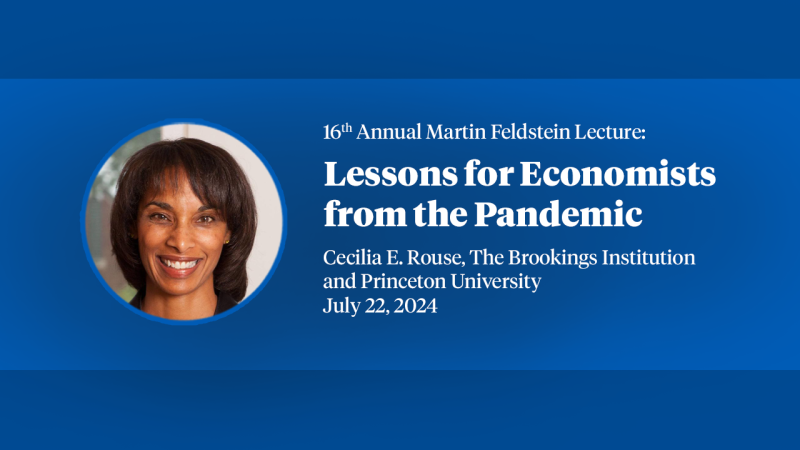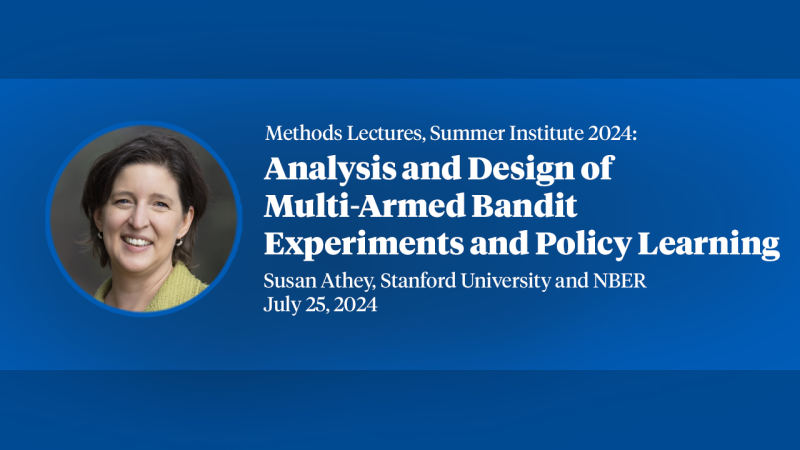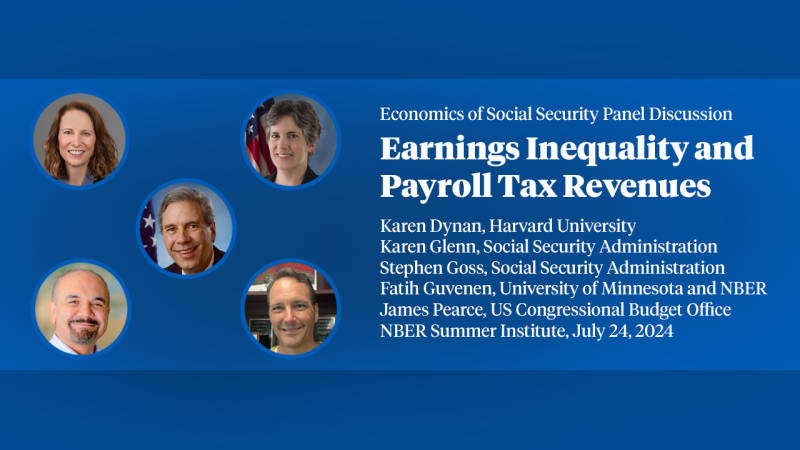Growth and Fluctuations Economies with Land Speculation
This paper considers growth and fluctuations in a standard Overlapping Generations (OLG) model with rational expectations, with land (a non-produced asset), credit frictions, and endogenous growth. Under plausible conditions, there can be multiple momentary equilibria, with the multiplicity itself depending on capital and land prices; this can give rise in turn to an infinity of rational expectations trajectories, all operating within bounds that can be calculated. Improvements in technology, while in the short run increasing GDP, may result in the equilibrium being unstable and fragile—and in the long run lead to a stagnation trap with lower GDP. The introduction of land increases the scope for fluctuations; the only rational expectations trajectories may entail fluctuations, with episodic unemployment and dynamic inefficiencies. With credit frictions, expansionary credit and financial policies may lead to lower growth, with the additional funds unevenly going to land speculation, diverting savings from productive investments, results consistent with empirical evidence. The analysis resolves several theoretical puzzles, such as how can land prices be finite with an interest rate less than the growth rate. It shows that even with two state variables, a tractable OLG model can be constructed providing a global analysis of complex dynamics.


